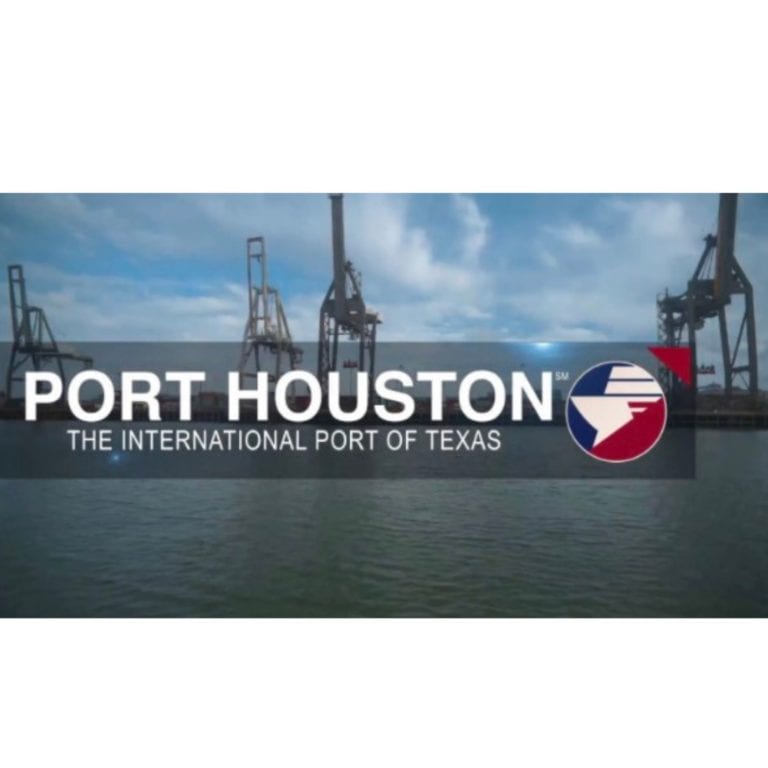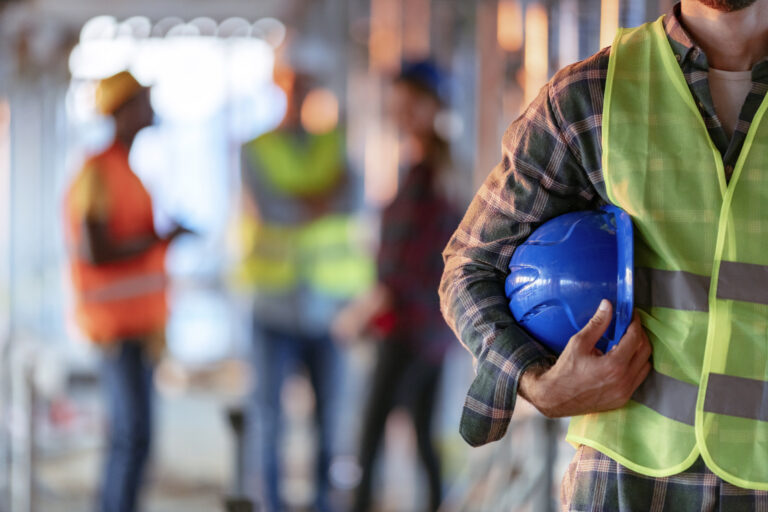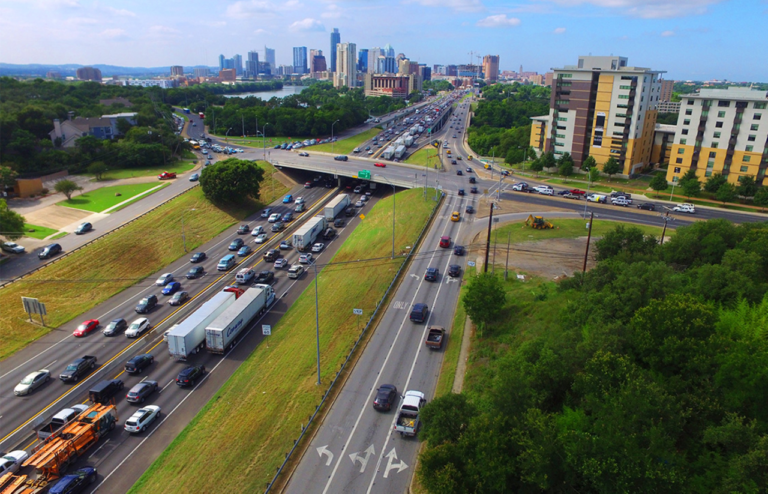
The secret is out. The Austin area is a great place to be. But Austin hasn’t grown to international status on its own. Austin Energy, the City’s publicly owned electric utility, has supported the area every step of the way. Since 1895, they have powered the community, delivering safe, affordable, reliable energy and excellent customer service.
Public Power Empowers Austin
Public power utilities energize more than 2,000 cities across the nation. They are overseen by local governments, provide local jobs, are operated locally, and return profits back to the community.
Here are seven ways Austin Energy makes the Austin area better because of its more than 126-year history as a public electric utility.
- Value for the community — not shareholders. Instead of making and keeping a profit, Austin Energy uses any revenues to keep the utility running and to support important city services such as streetlights, parks, libraries, and public safety. These local investments help drive economic growth and contribute to the Austin area’s attractive and vibrant quality of life. After all, what would Austin be without our favorite outdoor spaces such as Barton Springs, the Hike-and-Bike Trail, and Vic Mathias Shores?
- You’ve got the power. It’s more than just flipping a switch. There’s more going on behind the scenes than people may realize. Austin Energy has a longstanding history of employing the best lineworkers in the business. They strive to restore power to their customers as safely, quickly, and efficiently as possible. This work is often quite hazardous. They place the highest priority on the safety of their crews and their customers. Although they are here to serve their customers, they also help in emergency situations across the country by sending crews to help restore power to storm-ravaged areas.
They also want to make sure you are informed about outages at all times. Their interactive Outage Map and mobile Outage Alerts provide customers with the latest information about any outages in their coverage area. Their Outage Map includes a hazards layer, where users can view any known electrical hazards in their service area. Hazards can include downed power lines or poles, trees on power lines, electrical problems reported by their police or fire departments, and more. The map also includes icons that indicate the locations of crews working to restore power.
- Sustainable is as sustainable does. The sun shines a lot in the area, but not all the time. This can make generating solar power challenging. They are committed to harnessing the power of the sun and the wind to provide carbon-free power to customers. In fact, Austin Energy helped create the wind power industry in Texas and is leading the development of the solar industry, with a goal that all generation resources will be carbon-free by 2035. And let’s not forget: They give customers the choice to power their homes or businesses with 100% wind energy.
Austin Energy is the proud recipient of multi-million-dollar federal and state grants to help fund the design, deployment, and demonstration of residential, commercial, and utility-scale solar and energy storage. They have also installed more than 100 solar arrays at schools and municipal buildings in the Austin Energy service territory. These highly visible solar projects increase public awareness and educate customers about the advantages of solar power. Plus, they have three active Community Solar projects which give residential customers access to locally generated solar energy — no home installation required!
Speaking of schools, their EVs for Schools initiative introduces the convenience and benefits of electric vehicle charging to students, staff, and parents in local school districts. With student curriculum and on-campus Plug-in EVerywhere℠ charging stations powered by Texas wind energy, more than 120 Central Texas schools have bilingual resources to teach students about energy, transportation, and sustainability. Austin Energy EV education expands beyond schools. Now, anyone in the community can access the EV Buyer’s Guide to learn more about leasing or buying an electric vehicle, and how to get available incentives to keep costs lower.
- It’s NOT about the money. You read that right. Unlike for-profit utilities, Austin Energy wants customers’ utility bills to be as low as possible because they are publicly owned. As a city-owned public power utility, Austin Energy can make business decisions that matter to our customers, such as allocating millions of dollars to help low-income residents pay their utility bills. They provide emergency financial aid to customers in need, services for the medically vulnerable, and weatherization support to help eligible residents improve their homes’ energy efficiency.
They are okay with selling less energy because they want customers to save energy and money. In fact, because they are a public power utility, it can offer a wide array of rebates and incentives to help customers make energy efficiency improvements to their homes or businesses. Austin Energy also provides customers with energy savings tips and easy access to resources to help customers to monitor their energy usage. Working with local stores, they can provide instant savings on select energy-efficient products because the less energy their customers use, the lower the energy bill.
Did you know their residential customers’ electric bills are among the lowest in Texas and rank lower than national averages? Looking statewide, Austin Energy has the second-lowest average residential bills, second only to El Paso. Because Austin Energy is a public power utility, you get to enjoy lower rates and more savings.
- The green building movement started her. Both Austin and Austin Energy know how to do things differently. Austin Energy Green Building (AEGB) was the first program of its kind in the United States and was the impetus for creating the U.S. Green Building Council and Leadership in Energy and Environmental Design (LEED) ratings. After more than 30 years of AEGB, we see an Austin where sustainable buildings are the standard, not a novelty. Since the program began in 1991, they have rated almost 18,000 homes — proving that a more sustainable Austin starts at home.
- Bringing science to the students. The energy industry faces big opportunities ahead, from energy storage to electric vehicles. Who better to take on the challenges of the future than our youngest residents? That’s why they host the annual Austin Energy Regional Science Festival, the largest city-sponsored science fair in the country. Whether virtual or in person, every February, thousands of elementary, middle school, and high school students from dozens of school districts in 12 surrounding counties compete for top awards and scholarships at the Science Festival.
They also provide learning opportunities for students in grades 3 – 5 to learn about electricity and how to be safe around it.
- Moonlight towers stay in the spotlight. Only 17 of Austin’s original 31 moonlight towers — their first urban lighting system — remain, and they are the only working moonlight towers in the world. Without these historical light sources, they wouldn’t have the Zilker Holiday Tree or that memorable scene from the cult-classic film Dazed and Confused. As committed as they are to technology innovation, Austin Energy also cherishes its history by restoring and maintaining these Austin icons. Alright, alright, alright.
For more information, please visit austinenergy.com.
Source: Austin Energy







